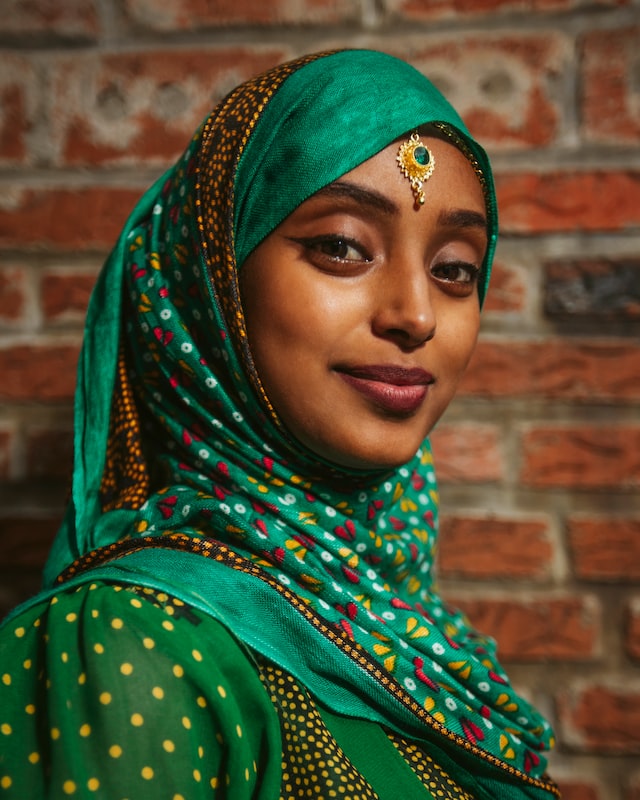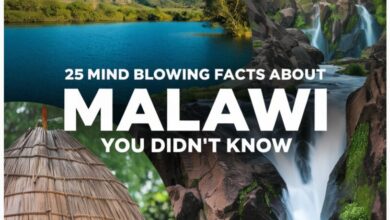Traditional African Clothing: A Cultural Heritage of Africans

Traditional African clothing is one of the greatest symbols and cultural heritage of Africans. Across Africa, different ethnic groups have their unique African apparel.
They for the most part wear these garments for extraordinary events, conventional celebrations, and exceptional occasions.
Here Are Top Traditional African Clothing
1. Traditonal African Clothing: Kente

Kente is a gender-neutral traditional African clothing native to the Ashanti and Ewe people of Ghana.
The Ashantis people weave their Kente garments the hard way by hand. By and large, Ghanaian kings wore the kente in a frock-like style. Be that as it may, today, in light of the popularity of Kente designs, Kente print has become broadly famous in Asia and the West.
2. Traditonal African Clothing: Iro ati Buba
Iro and Buba are native to the Yoruba women of Nigeria. The original piece of the dress includes five pieces. There is the Iro, a huge covering attached to fit around the waist.
Buba is a free shirt worn on the upper piece of the body. Gele is a head tie which Nigerian women are internationally renowned for. The Pele is a short texture tied on top of the Iro around the waist.
The Iborun is a scarf that curtains over the left shoulder. Nonetheless, innovators are getting rid of the Pele and Iborun, replacing the conventional Aso Oke with different textures like ribbon, cotton, or chiffon.
Also Read: The Art of Body Painting: Traditional African Face Painting & Body Painting
3. Traditonal African Clothing: Boubou

The Boubou is traditional African clothing native to Senegal. it is for the most part around 150cm wide and changing lengths relying upon the wearer’s height and inclination.
Likewise, there is the more rich fabulous Boubou which utilizes 300 cm-long textures and spans to the lower legs. Generally, creators make boubous by collapsing the texture into equal parts, removing a neck opening, and closing up the sides mostly up to make streaming sleeves at the edges.
4. Kanzu
Kanzus are white or cream African customary apparel worn by men in the Africa Great Lakes locale. This incorporates Burundians, Congolese, Ethiopians, Kenyans, Malawians, Rwandans, Tanzanians, and Ugandans.
The English call it Tunic, and the Arab, Thawb. It is particularly famous in Uganda, where men wear it to weddings and celebrations. “Men of culture” wear the Kanzu to provide them with an aura of power and complexity.
5. Habesha Kemis
The Habesha Kemis is traditional African clothing that is native to the Habesha women of Addis Ababa, Ethiopia. Habesha Kemis is typically a robe that stretches from the neck to the lower legs.
Ethiopian and Eritrean ladies rock it for formal occasions and excursions. These days, it comes in different structures including short-or long-sleeves. It regularly comes in dim, beige or white conceals and is sewn from cotton texture.
6. Djellaba

Jillaba or Djellaba is a long, baggy gender neutral robe. It is normally full-sleeved and worn likewise in the Maghreb district of North Africa. Customarily, the principal material for planning djellabas is wool. Be that as it may, nowadays lightweight cotton djellabas have become in vogue.
Djellabas frequently sweep the ground. Nonetheless, lightweight variations are frequently slimmer and more limited. Men wear light-hued Djellabas alongside an Arab fez cap and babouche footwear for religious celebrations and different events.
7. Shuka
Shuka is traditional African clothing that has a place with the Maasai people of Tanzania and Kenya. Prevalently called the ‘African Blanket’, it is in many cases red with dark stripes. Before the colonization of Tanzania and Kenya by the Scottish, high-positioning local area individuals wore Shuka as a conventional piece of clothing.
Today, it is additionally getting momentum as metropolitan wear. Laborers wear a variation of this conventional dress to their work environments. Already, just the Maasai initially wore Shuka. In any case, this traditional African clothing is presently acquiring acknowledgment all around the globe.
8. Dashiki

Dashiki is traditional African clothing native to the Ewe people of Ghana. It is a Unisex baggy shirt, long or full-sleeved, with a weaved V-formed neckline.
Most times, Ghanaians wear Dashikis with drawstring pants for formal and casual events.
Dashikis are snappy and brilliant, and effectively point the wearer back to their roots.
9. Isidwaba
Isidwaba is a well-known dress among the Zulus. Also called Isikhakha, Isidwaba is a conventional skirt worn by married women in Southern Africa. It is generally produced using authentic calfskin which could either be cowhide or goatskin.
The woman decorates it with a vivid mat-like texture. Since the nineteenth century when it appeared, Isidwaba has kept up with its structure and plan among the Zulus. Customarily, fathers of ladies give out Isidwabas to their girls from the cow the lady gets during her transitioning service.
10. Isiagu
The Isiagu finds its underlying foundations among the Igbo people of South-East Nigeria. ‘Isiagu’ means ‘the head of a leopard’. But the fabric has the top of a lion.
The Isiagu weds a silk texture with the top of a lion. It is a long, baggy top typically worn over a couple of dark pants or sewed coverings tied around the midriff.
Curiously, the Isiagu is likewise a superficial point of interest among Igbo men. They wear it for formal events like crowning ordinances, traditional gatherings, and burial services of Chiefs.
It used to be a curse for women to wear isiagu but that has changed since the beginning of the 21st century.
11. Toghu/Atoghu
The Toghu or Atoghu is a customary outfit that is famous among the Bamileke nation of North-Western Cameroon. Before, just people of royalty wore the Toghu as an indication of customary prevalence over the ordinary person. It is likewise a customary clothing suite for inductions, traditional coronations, and different celebrations.
Since the turn of the 21st hundred years, Toghu has gone worldwide as additional African Americans keep on following their foundations back to Cameroon.
Conclusion
Traditional African clothing keeps on holding profound ethnic implications to date. They additionally encapsulate the social legacy and variety of Africa.
Do you know the name of your traditional African clothing? Go ahead and share with us in the comment section.





